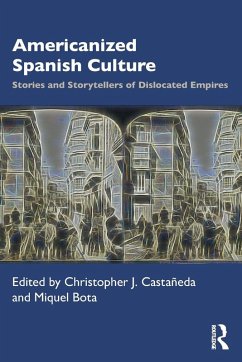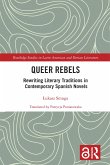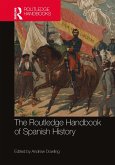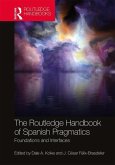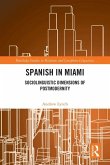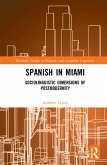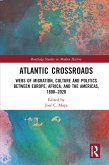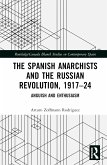Americanized Spanish Culture explores the intricate transcultural dialogue between Spain and the United States since the late 19th century.
The term "Americanized" reflects the influence of American cultural traits, ideas, and tendencies on individuals, institutions, and creative works that have moved back and forth between Spain and the United States. Although it is often defined narrowly as the result of a process of cultural imperialism, colonization, assimilation, and erasure, this book uses the term more expansively to explore representations of the transcultural mixing of Spanish and American culture in which the American influence might seem dominant but may also be the one that is shaped. The chapters in this volume highlight the lives of fascinating individuals, ideologies, and artistry that represent important themes in this transnational relationship of dislocated empires. The contributors represent a wide array of perspectives and life experiences, giving breadth, depth, and realism to their observations and analysis. Organized in two parts of five chapters each, this volume offers a unique perspective on the intermixing and intermingling of Spanish and American social, cultural, and literary traits and characteristics.
This book will be of interest to students of United States and Spanish history, Iberian and Hispanic American studies, and cultural studies.
The term "Americanized" reflects the influence of American cultural traits, ideas, and tendencies on individuals, institutions, and creative works that have moved back and forth between Spain and the United States. Although it is often defined narrowly as the result of a process of cultural imperialism, colonization, assimilation, and erasure, this book uses the term more expansively to explore representations of the transcultural mixing of Spanish and American culture in which the American influence might seem dominant but may also be the one that is shaped. The chapters in this volume highlight the lives of fascinating individuals, ideologies, and artistry that represent important themes in this transnational relationship of dislocated empires. The contributors represent a wide array of perspectives and life experiences, giving breadth, depth, and realism to their observations and analysis. Organized in two parts of five chapters each, this volume offers a unique perspective on the intermixing and intermingling of Spanish and American social, cultural, and literary traits and characteristics.
This book will be of interest to students of United States and Spanish history, Iberian and Hispanic American studies, and cultural studies.

